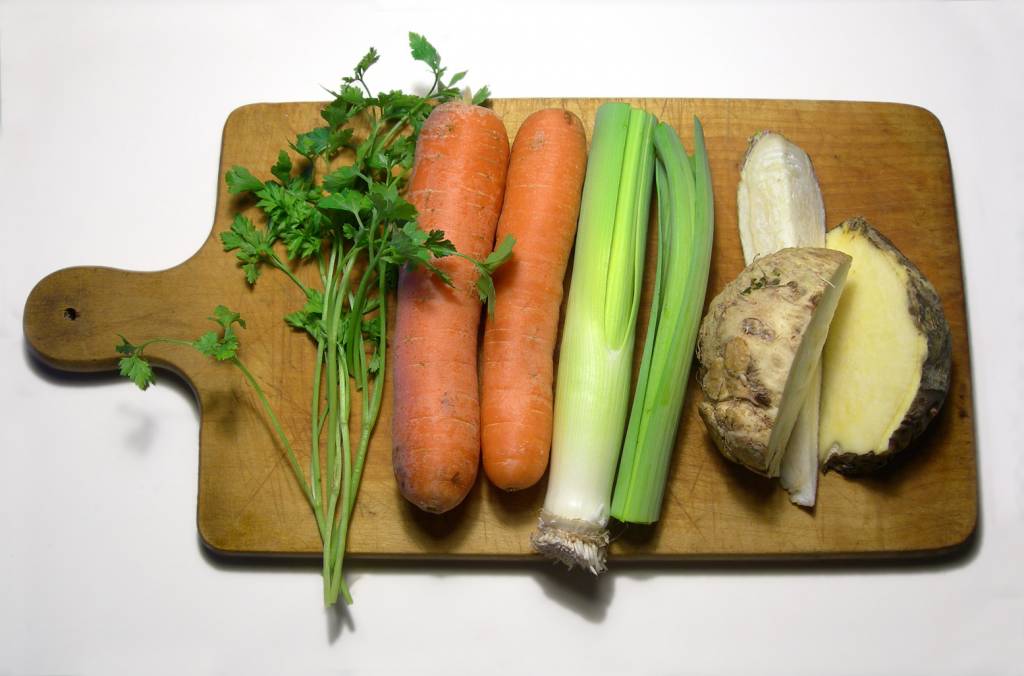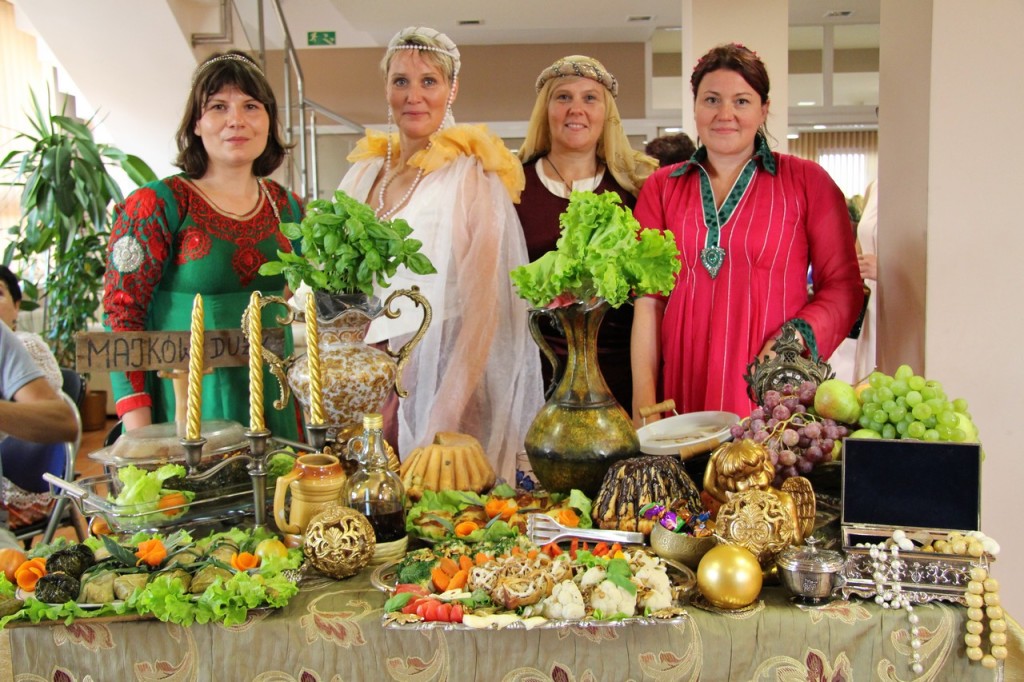Post by Bonobo on Feb 8, 2017 22:39:06 GMT 1
www.ancient-origins.net/history-famous-people/bona-sforza-underestimated-queen-famous-italian-family-005947
Bona Sforza: An Underestimated Queen of a Famous Italian Family
Polish nobles considered her a dangerous woman who had a surprising amount of power over her husband King Sigismund I. Their wedding started a new chapter in the history of Poland, but Bona Sforza was never a favorite queen of her subjects.
Bona Sforza was born on February 2, 1494 in Vigevano, Italy. She grew up surrounded by stories about great world explorers, danger from the Ottoman Empire, and the beauty of the Italian Renaissance. She was very ambitious, well-educated, and charismatic. Her energy and passion for life made her one of the most important queens in Europe during her time but nowadays she seems to be forgotten.
She was a daughter of Gian Galeazzo Sforza, the legal heir of the Duchy of Milan, and his wife Isabella of Naples. Her childhood took place in Milan and Bari, where Isabella and four of her children lived since 1502. The beautiful castle Normanno-Svevo was where 8-year-old Bona started the education which allowed her to be one of the most interesting young ladies in Europe. Her teachers were the famous Italian humanists Antonio de Ferraris and Crisotomo Colonna. She studied mathematics, history, classical literature, Latin, law, theology, geography, natural science, and learned how to play several instruments.
When Bona was 24 years old, she left her country and became the second wife of Sigismund I the Old, the king of Poland and Grand Duke of Lithuania. She started her long travel to Crackow (Kraków), to a country with a colder climate and completely different mentality.
A Woman Who Ruled Like a King
If the Polish believed that the young and beautiful lady would be content as just the mother of the king's children and stay far away from politics, they would have been totally wrong. Bona started to be active politically from the moment she became the queen. She didn't understand the social norms in Poland, which was a far less civilized country than the kingdoms of Italy, France, or Spain at the time. Poland’s political position was strong, however, society there still needed to advance.
The first months of her stay in Poland were very difficult for Bona. The Italian princess was used to a diet full of fresh fruits, vegetables, and olive oil, but in Poland they ate a lot of meat, which made her sick. Polish cuisine was based on meat, beans, and some strongly-spiced foods. After a few months, she started to grow her own vegetables in the garden near Wawel castle.
At first the Polish nobles did not understand Bona’s diet, but with time, vegetables started to be more popular among Polish people. Nowadays, a basic bunch of vegetables that includes celery, carrot, parsley, and leek is called ‘‘włoszczyzna’’ (Włochy).
Cultural transfer is not always a matter of architectural styles, musical genres or fashion. Sometimes the arrival of a foreign queen affects more mundane things and she make a lasting contribution to the lives of her new subjects and not just to the court. An example of this is the vegetables that Bona Sforza (1493/4-1557), daughter of Gian Galeazzo, Duke of Milan, introduced into Poland-Lithuania after her marriage to the Polish King Sigismund in Krakow in April 1518. We can see the Italian origin of these vegetables in their names. Tomatoes - pomodori in Italian - are pomidory in Polish, cauliflower - cavolfiore in Italian - is kalafior in Polish, artichockes - carciofi in Italian - are karczochy in Polish, green beans - f*giolo in Italian - are called fasola in Polish and salad - insalata in Italian - is sałata in Polish. Even the bundle of vegetables for the stockpot that you can buy in the market consisting of carrots, leeks and parsnips is known in Polish as włoszczyzna, which literally means ‘something Italian’ or ‘something from Italy’ (Italy in Polish is Włochy). Thanks to Queen Bona, these vegetables, up to that point unknown in the north, found their way into Polish gardens and kitchens. Every child in Poland today knows that it was Queen Bona who brought them with her!
www.marryingcultures.eu/item-of-interest/cultural-transfer-through-vegetables
Bona Sforza: An Underestimated Queen of a Famous Italian Family
Polish nobles considered her a dangerous woman who had a surprising amount of power over her husband King Sigismund I. Their wedding started a new chapter in the history of Poland, but Bona Sforza was never a favorite queen of her subjects.
Bona Sforza was born on February 2, 1494 in Vigevano, Italy. She grew up surrounded by stories about great world explorers, danger from the Ottoman Empire, and the beauty of the Italian Renaissance. She was very ambitious, well-educated, and charismatic. Her energy and passion for life made her one of the most important queens in Europe during her time but nowadays she seems to be forgotten.
She was a daughter of Gian Galeazzo Sforza, the legal heir of the Duchy of Milan, and his wife Isabella of Naples. Her childhood took place in Milan and Bari, where Isabella and four of her children lived since 1502. The beautiful castle Normanno-Svevo was where 8-year-old Bona started the education which allowed her to be one of the most interesting young ladies in Europe. Her teachers were the famous Italian humanists Antonio de Ferraris and Crisotomo Colonna. She studied mathematics, history, classical literature, Latin, law, theology, geography, natural science, and learned how to play several instruments.
When Bona was 24 years old, she left her country and became the second wife of Sigismund I the Old, the king of Poland and Grand Duke of Lithuania. She started her long travel to Crackow (Kraków), to a country with a colder climate and completely different mentality.
A Woman Who Ruled Like a King
If the Polish believed that the young and beautiful lady would be content as just the mother of the king's children and stay far away from politics, they would have been totally wrong. Bona started to be active politically from the moment she became the queen. She didn't understand the social norms in Poland, which was a far less civilized country than the kingdoms of Italy, France, or Spain at the time. Poland’s political position was strong, however, society there still needed to advance.
The first months of her stay in Poland were very difficult for Bona. The Italian princess was used to a diet full of fresh fruits, vegetables, and olive oil, but in Poland they ate a lot of meat, which made her sick. Polish cuisine was based on meat, beans, and some strongly-spiced foods. After a few months, she started to grow her own vegetables in the garden near Wawel castle.
At first the Polish nobles did not understand Bona’s diet, but with time, vegetables started to be more popular among Polish people. Nowadays, a basic bunch of vegetables that includes celery, carrot, parsley, and leek is called ‘‘włoszczyzna’’ (Włochy).
Cultural transfer is not always a matter of architectural styles, musical genres or fashion. Sometimes the arrival of a foreign queen affects more mundane things and she make a lasting contribution to the lives of her new subjects and not just to the court. An example of this is the vegetables that Bona Sforza (1493/4-1557), daughter of Gian Galeazzo, Duke of Milan, introduced into Poland-Lithuania after her marriage to the Polish King Sigismund in Krakow in April 1518. We can see the Italian origin of these vegetables in their names. Tomatoes - pomodori in Italian - are pomidory in Polish, cauliflower - cavolfiore in Italian - is kalafior in Polish, artichockes - carciofi in Italian - are karczochy in Polish, green beans - f*giolo in Italian - are called fasola in Polish and salad - insalata in Italian - is sałata in Polish. Even the bundle of vegetables for the stockpot that you can buy in the market consisting of carrots, leeks and parsnips is known in Polish as włoszczyzna, which literally means ‘something Italian’ or ‘something from Italy’ (Italy in Polish is Włochy). Thanks to Queen Bona, these vegetables, up to that point unknown in the north, found their way into Polish gardens and kitchens. Every child in Poland today knows that it was Queen Bona who brought them with her!
www.marryingcultures.eu/item-of-interest/cultural-transfer-through-vegetables








 Unless, of course, Hillary had been elected...
Unless, of course, Hillary had been elected... 













